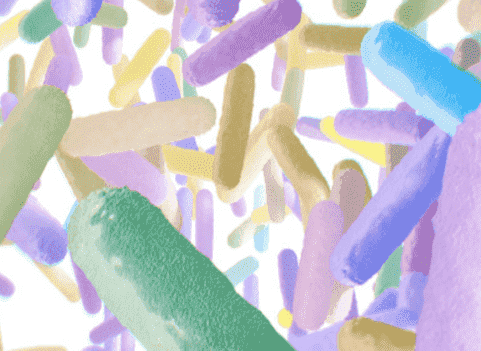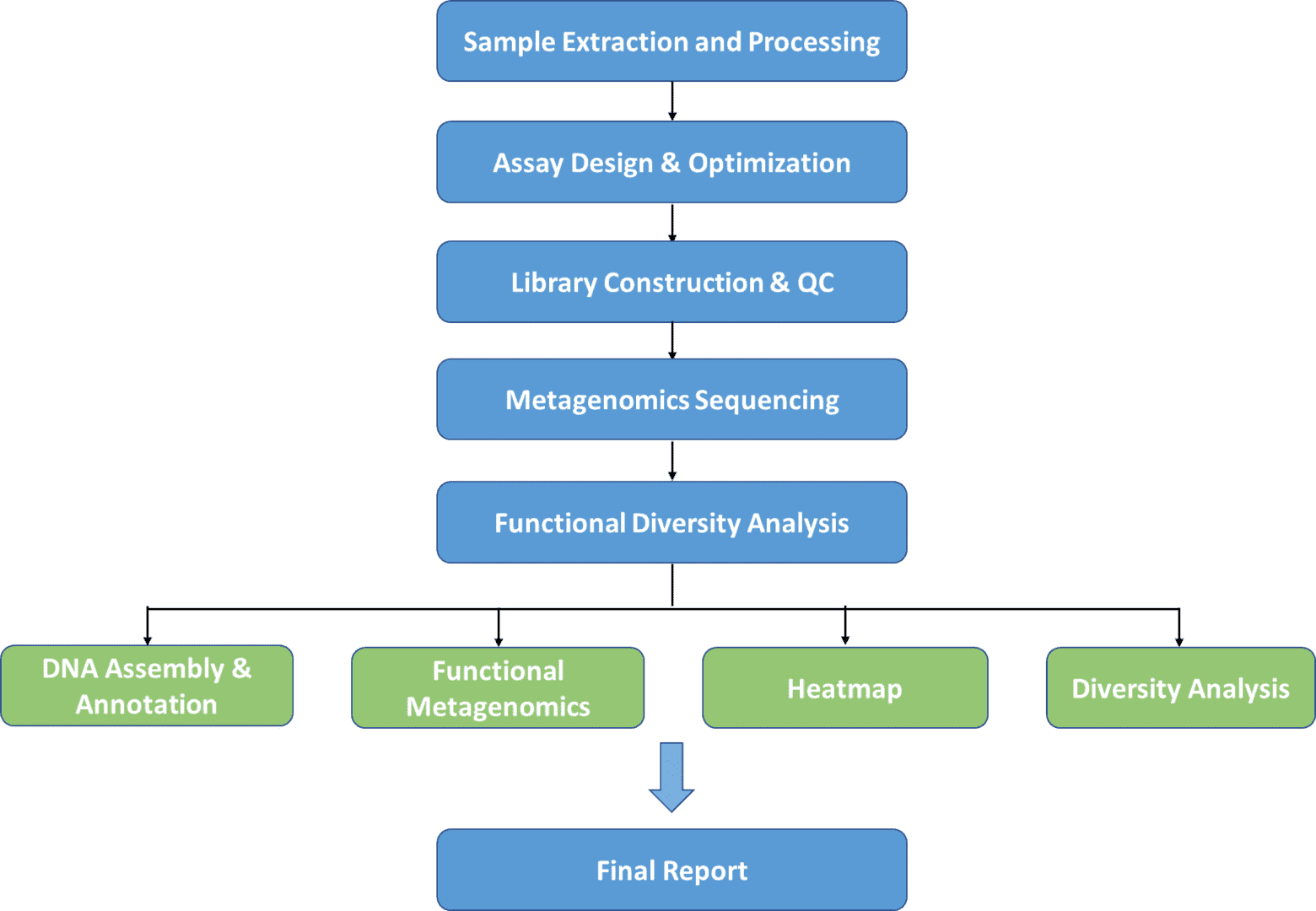
Research indicates that microbes are essential and play a vital role in the ecosystem in these environments. It draws attention to the analysis of a complicated microbial community's taxonomic structure. Shotgun sequencing has been established to use random fragments as a fast-sequencing method. In all organisms within a bacterial diversity, metagenomic shotgun sequencing is a fast and effective method for gaining all genetic data. The whole microbial genetic information enclosed in an environmental specimen is targeted by metagenomic shotgun sequencing. It is possible to further correlate the acquired community taxonomic profile with the functional profile of known and unknown lines of organisms. In sequenced genomes, the full sequences of protein-coding genes and complete operons may provide invaluable functional information of the microbial communities living in realistic ecosystems under research. Metagenomic shotgun sequencing can give genetic information on potentially novel biocatalysts or enzymes, uncultured organisms' genomic links between mechanism and phylogeny, evolutionary community feature and structure profiles, and much more.
Shotgun metagenomic sequencing enables all genes in all organisms present in a specified complicated specimen to be concisely sampled by researchers. The technique allows microbiologists in different environments to assess microbial communities and identify the abundance of microbes. It also offers a means of studying unculturable microorganisms that are hard or impossible to evaluate otherwise. CD Genomics is dedicated to delivering qualified metagenomic shotgun sequencing services as an experienced supplier of NGS services. Shotgun metagenomic sequencing enables cheap and time-efficient taxonomic and biological functional classification of polymicrobial populations. With flexibility and bioinformatics analysis based on customers' requirements, we continuously produce high-quality data.






